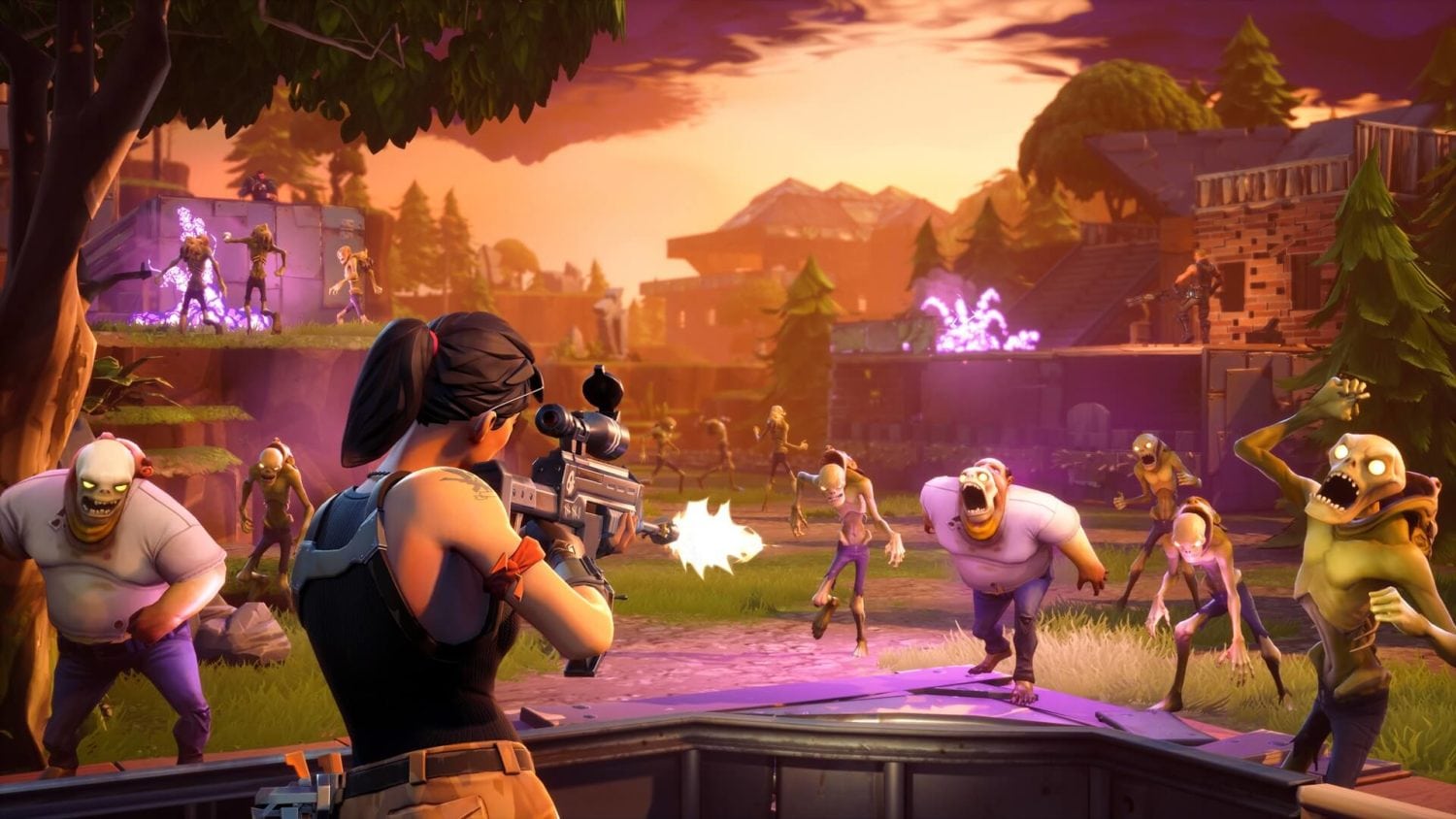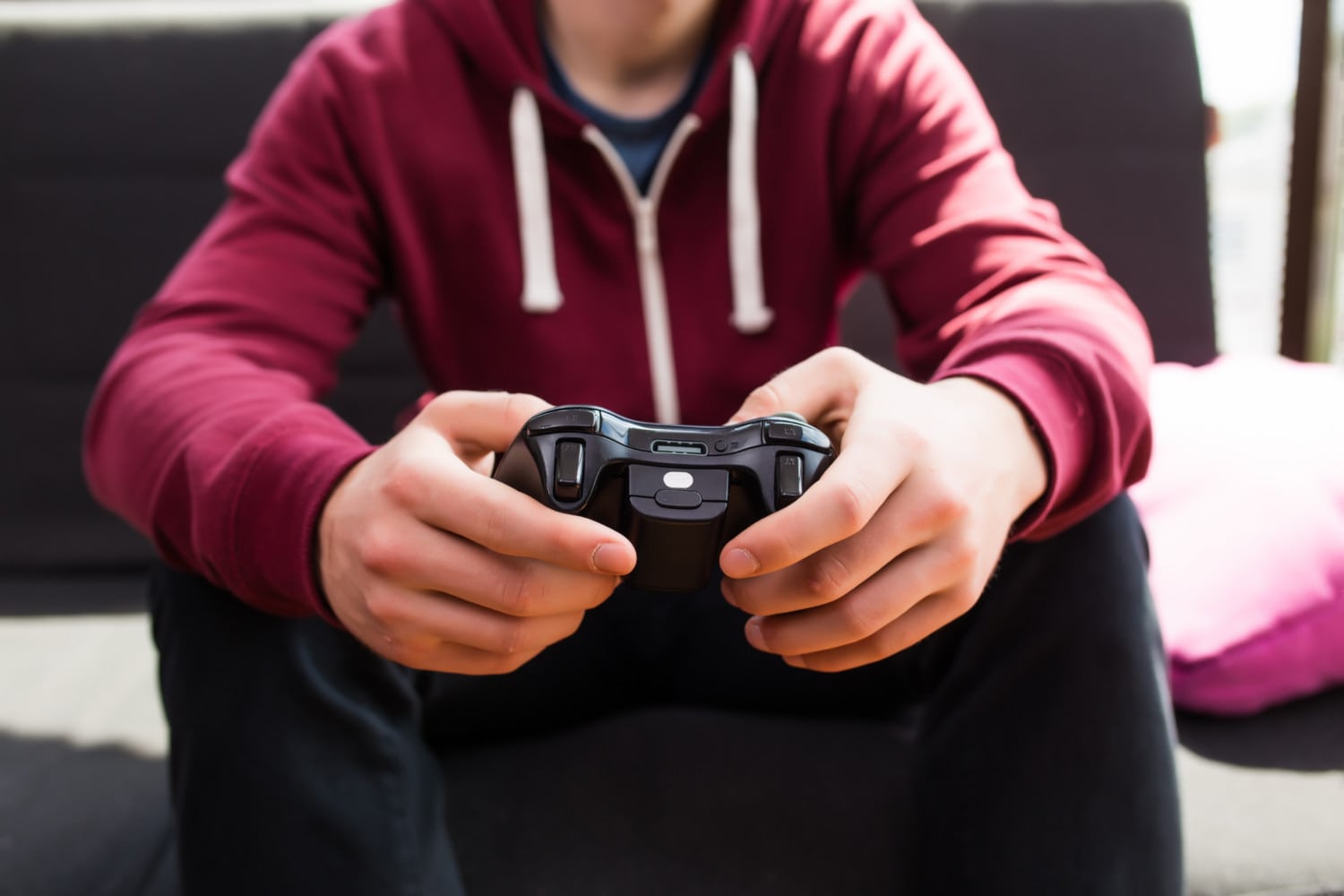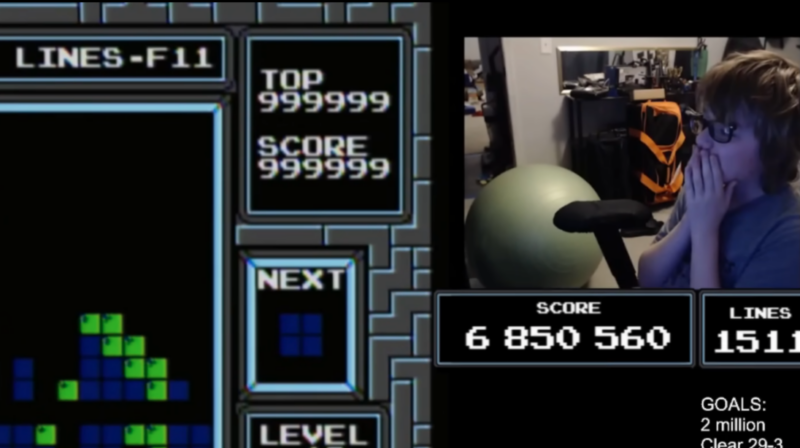9-year-old in rehab after playing Fortnite 10 hours a day

Parents of a 9-year-old girl in the United Kingdom sent their daughter to rehab for “screen addiction” because, they said, she had become so obsessed with a videogame that she was staying up all night to play it, falling asleep in class and wetting herself because she didn’t want to stop for bathroom breaks.
The girl’s parents told the British newspaper The Sunday People that they bought their daughter an Xbox in January, which she used to play Fortnite, a wildly popular post-apocalyptic game that more than 125 million people are playing worldwide.
By mid-March they were noticing signs of compulsive behavior. Even though her parents limited her gaming time to one to two hours per night, she waited until they went to bed to resume playing. Meanwhile, she lost interest in her ballet classes, her grades began to slip, she was irritable and her parents noticed she was racking up charges on their credit card to pay for in-game purchases.
The family’s experience underscores a mental health concern that’s becoming more recognized. This week, the World Health Organization, acknowledging that people can get hooked on video games, added “gaming disorder” to its latest draft of the International Classification of Diseases, a well-referenced compendium of medical conditions. Also, research studies are beginning to draw comparisons between this behavior and substance abuse. Recent research from San Francisco State University argues that overuse of digital devices increases loneliness, anxiety and depression, and is akin to substance abuse.
Another study from San Diego State University earlier this year found that teenagers who spent a lot of time on digital devices, whether playing computer games or scrolling through social media, were less happy than their peers who were involved in non-screen activities like sports, reading magazines and having face-to-face interaction. The happiest teens, the researchers found, used digital media for less than an hour per day.
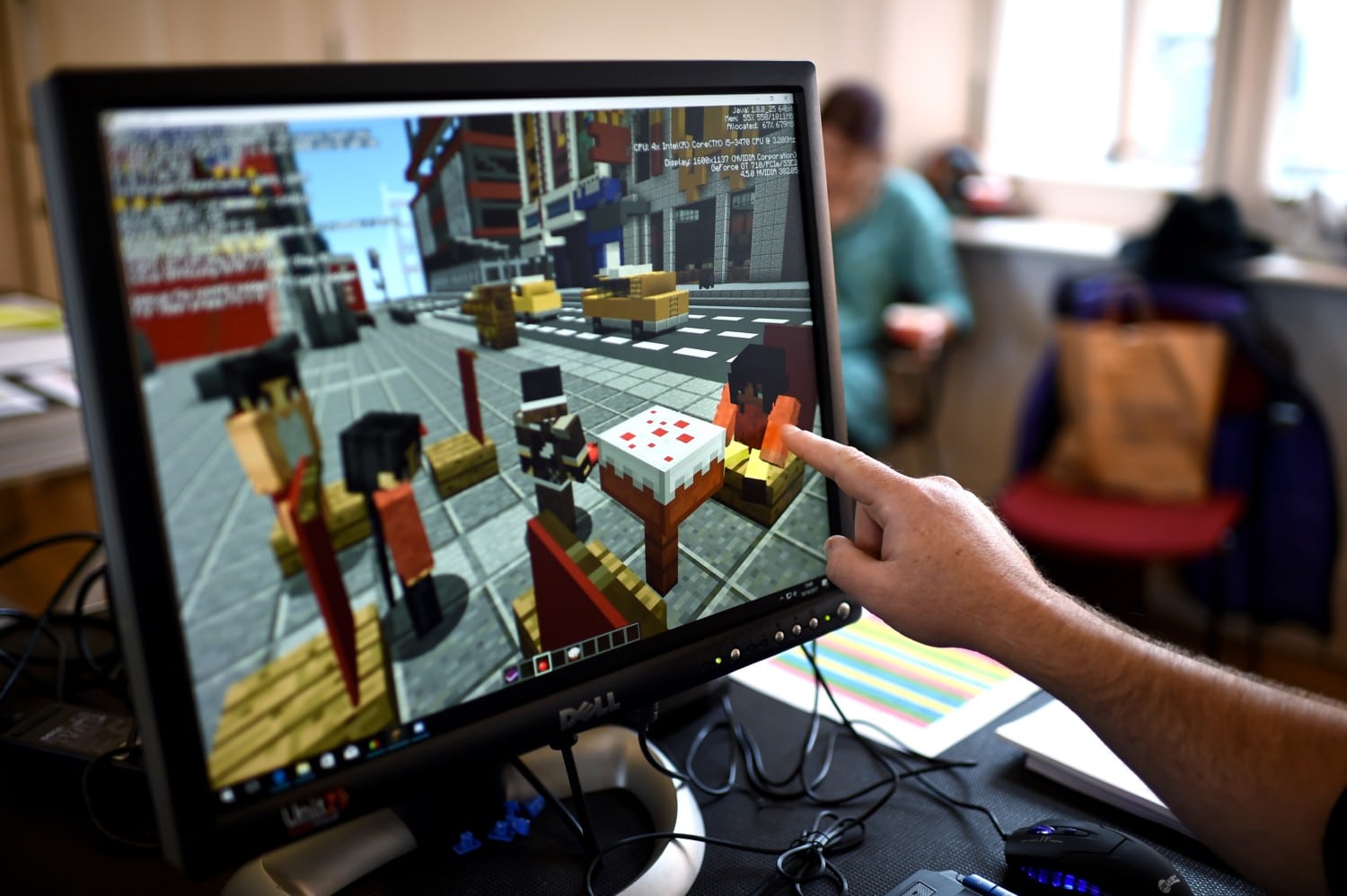
The mother of the girl who was addicted to Fortnite told The Sunday People that her daughter had become “withdrawn, agitated and disturbed from playing up to 10 hours a day, sometimes playing until dawn.”
“We had no idea, when we let her play the game, of the addictive nature or the impact it could have on her mental health,” she told the newspaper.
Here’s what parents should know about the warning signs of a gaming disorder.
How Common Are Gaming Disorders?
Screen time is increasing among children and teens, and there are several studies that show how much time kids are increasingly spending on digital devices. For example, children 8 and younger spend 48 minutes a day staring at a mobile screen, which is up from 5 minutes a day in 2011, according to research from Common Sense Media, a nonprofit focused on helping families and educators navigate the world of technology and media.
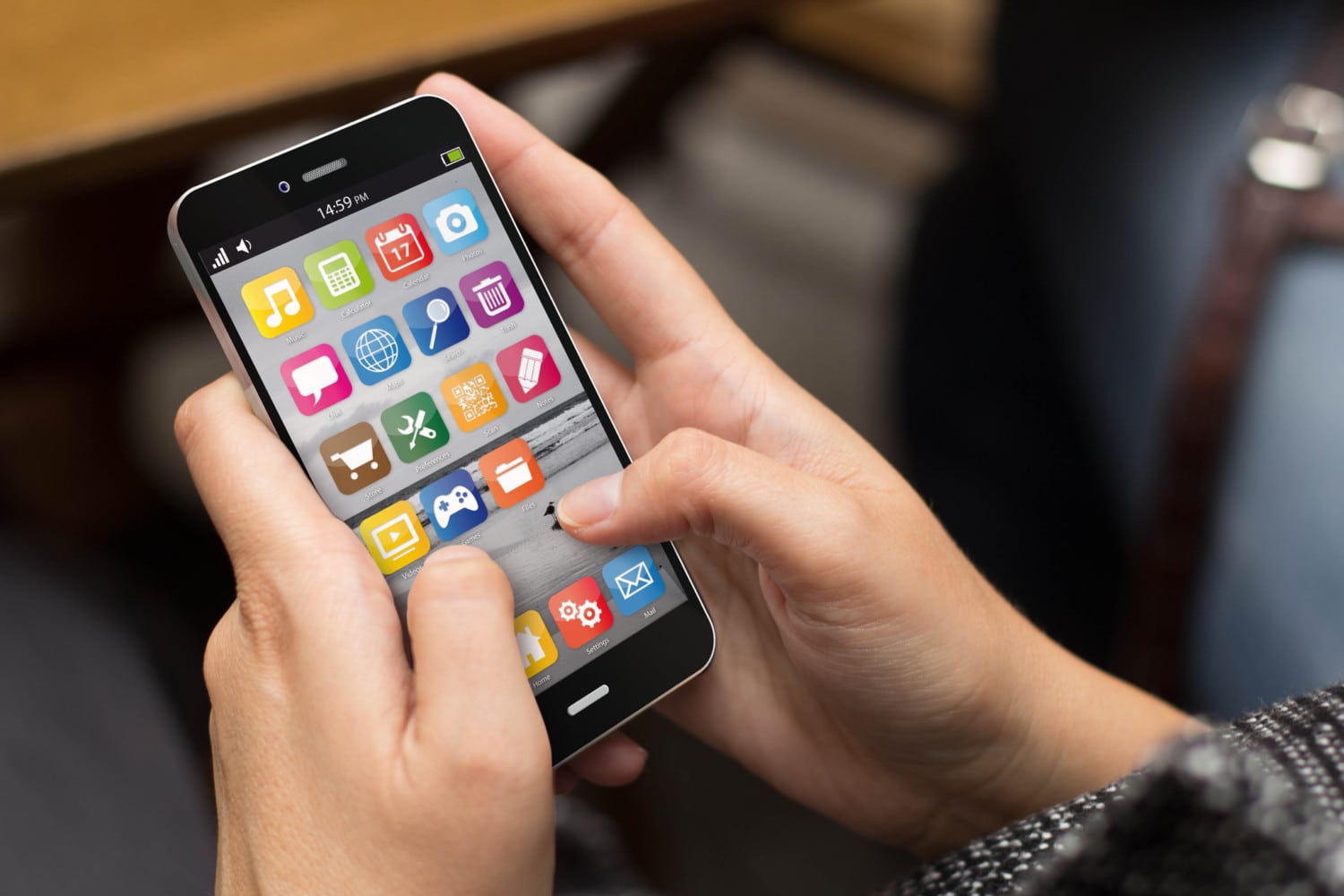
Warning Signs Of Too Much Screen Use
A study from the University of Michigan in Dec. 2017 challenges the way parents should think about screen time. Instead of prescribing a set amount of time, research suggests parents should look for warning signs of compulsive behavior.
“Our study has demonstrated that there is more to it than number of hours,” said lead author Sarah Domoff, who did the research while a postdoctoral research fellow at University of Michigan Center for Human Growth and Development. “What matters most is whether screen use causes problems in other areas of life or has become an all-consuming activity.”
To help, researchers developed a tool that can be used to measure what they refer to as “screen-media addiction” among children ages 4 to 11. (Previous research has been heavily focused on teens.)
Here are the warning signs of screen-media addiction in children, according to the University of Michigan study.
- Unsuccessful Control: It is hard for the child to stop using screen media.
- Loss of Interest: Screen media is the only thing that seems to motivate the child.
- Preoccupation: Screen media is all the child seems to think about.
- Psychosocial Consequences: The child’s screen-media use interferes with family activities.
- Serious Problems Due to Use: The child’s screen-media use causes problems for the family.
- Withdrawal: The child becomes frustrated when he or she cannot use screen media.
- Tolerance: The amount of time the child wants to use screen media keeps increasing.
- Deception: The child sneaks using screen media.
- Escape/Relieve Mood: When a child has had a bad day, screen media seems to be the only thing that helps him or her feel better.
If you notice these warning signs, talk to your pediatrician.


